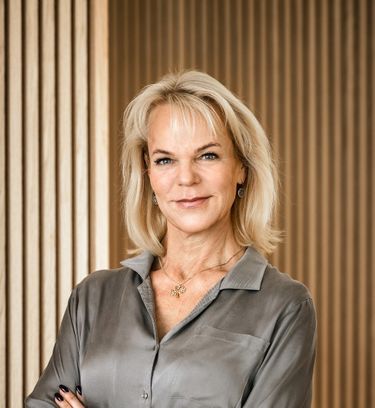Pandox as an investment
Hotel properties are an asset class that requires specialisation, active ownership and an industrial perspective for successful value creation. Since it was founded in 1995 Pandox has purposefully built a pan-European business platform and a property portfolio with a market value of around SEK 70 billion, which is more than hundred times compared to when when the company was started
Liia Nõu, CEO for Pandox.
"Pandox has a clear strategy in owning and leasing out large hotel properties in strong locations. We work with strong operators with well-known brands under revenue-based leases, usually with minimum rent, where we share upside and downside and have common incentives to develop each individual hotel product. "

Investment case
A global & growing market
We operate within travel and tourism – a global and dynamic sector with strong structural growth factors.
Only hotel properties
We only invest in hotel properties and create value through active and engaged ownership. We have deep knowledge of the hotel industry and many years of experience of all operating models in the hotel market, giving us both flexibility and room to manoeuvre.
Revenue-based leases
We have long-term, revenue-based leases with skilled hotel operators with good guaranteed minimum levels. We share with our tenants both the “upside” in a growing hotel market and “downside protection” in a poorer hotel market.
Investments for growth & ambitious sustainability targets
We have a profitable project portfolio that will increase our organic profit and value potential in the years ahead. For the hotel properties, we invest in climate transition projects that provide a good return.
Higher yields & longer leases
Our portfolio has an average valuation yield of 6.25 percent, which is considerably higher than our average interest expense, and our leases have a WAULT of around 15 years.
Low refinancing risk
We only have bank financing. We have strong, long-term relationships with our lenders and the refinancing risk is low. A high proportion of interest rate hedging also creates predictability as regards the development of interest expense.
